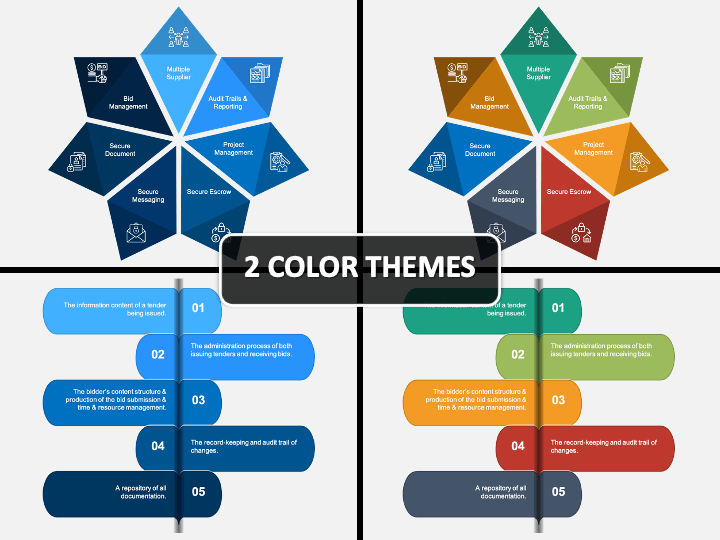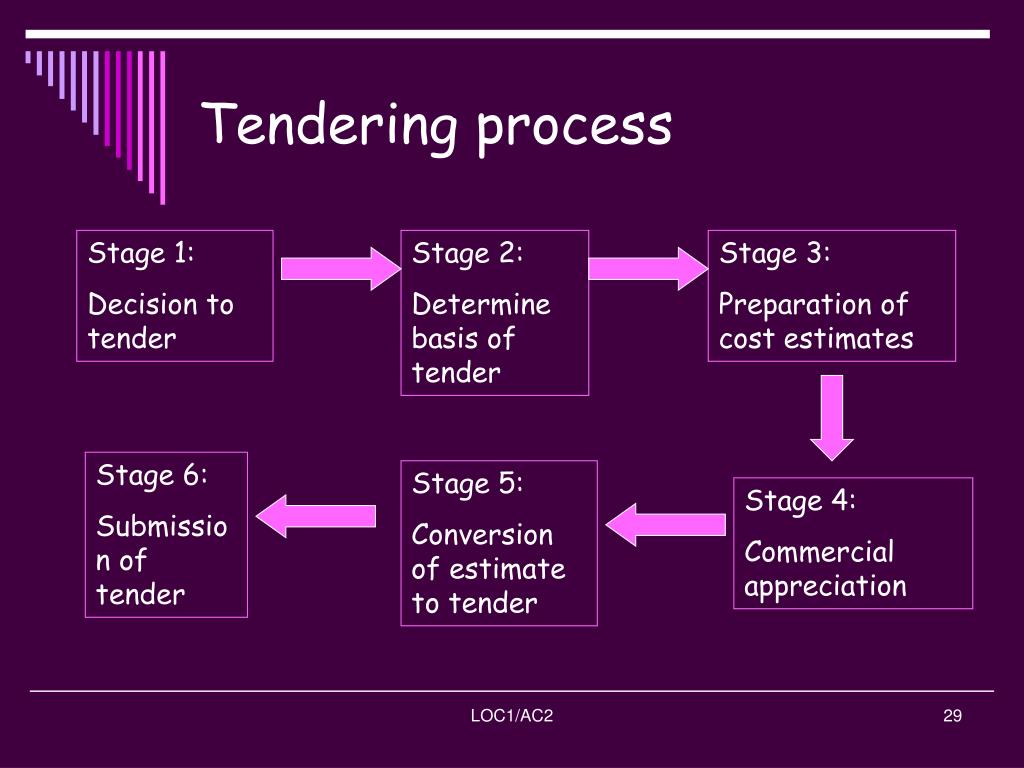
Here are some things to consider as you craft your next RFT. “RFTs will require a detailed evaluation which includes compliance and risks assessments, prior to determining the preferred tenderer and commencing a negotiation period,” wrote one Australian engineering company. Used by the public sector, you may be subject to certain compliance regulations when you issue an RFT.

Remember, the RFT process is meant to be transparent. The downside to using an RFT is that it takes longer than an RFP or RFI to generate. RFTs are a great procurement vehicle for when you know exactly what you want and don’t want to waste time screening, shortlisting, or negotiating between different inputs. Your organization must be ready to commit to the outcome of the RFT, meaning the vendor you select will be your supplier, barring disruption to your normal business operations. Responses to RFTs are usually judged based on price and quality. If you need a very specific part or a material that must be of a specific quality, an RFT might make sense for your business. RFT’s are best used when you have a procurement need that’s clearly defined and specific. RFTs are also more detailed than RFPs in terms of the definition and description of the work that is required, but less detailed than RFQs. Unlike RFPs, it’s common to share an RFT on websites and third-party platforms like Alibaba. Strict rules govern the request for tender to enforce impartiality, transparency, and strong adherence to the evaluation criteria - which is broadcast before the deadline. Because tendering is typically an open, public process, there are laws in place to ensure fair competition. The request for tender kicks off a well-defined bidding process. “Tendering” is the term used to describe the process where vendors or suppliers submit bids for large projects by a specified deadline. Tendering is a process commonly used by governments and financial institutions, as well as the public sector more broadly. What is a request for tender?Ī tender is an invitation to bid for a project or to accept a formal offer. Let’s break down some of the unique aspects of RFTs to understand how, why, and when a procurement team might make this process work for your business. While there are many similarities between RFTs, RFPs, RFQs, and other RFx processes, requests for tender are unique in many ways.


What to Know About a Request for Tender (RFT)Ī request for tender (RFT) is defined by Investopedia as, “a formal and structured invitation to suppliers to submit competitive bids to supply raw materials, products, or services.”īut wait - isn’t that the same as a request for proposal or a request for quotation?


 0 kommentar(er)
0 kommentar(er)
